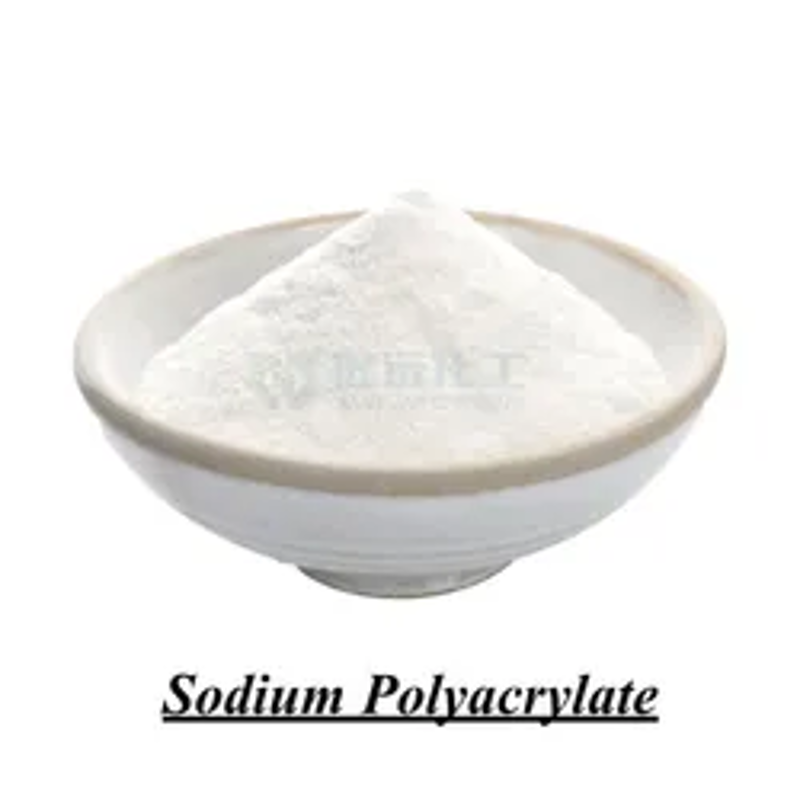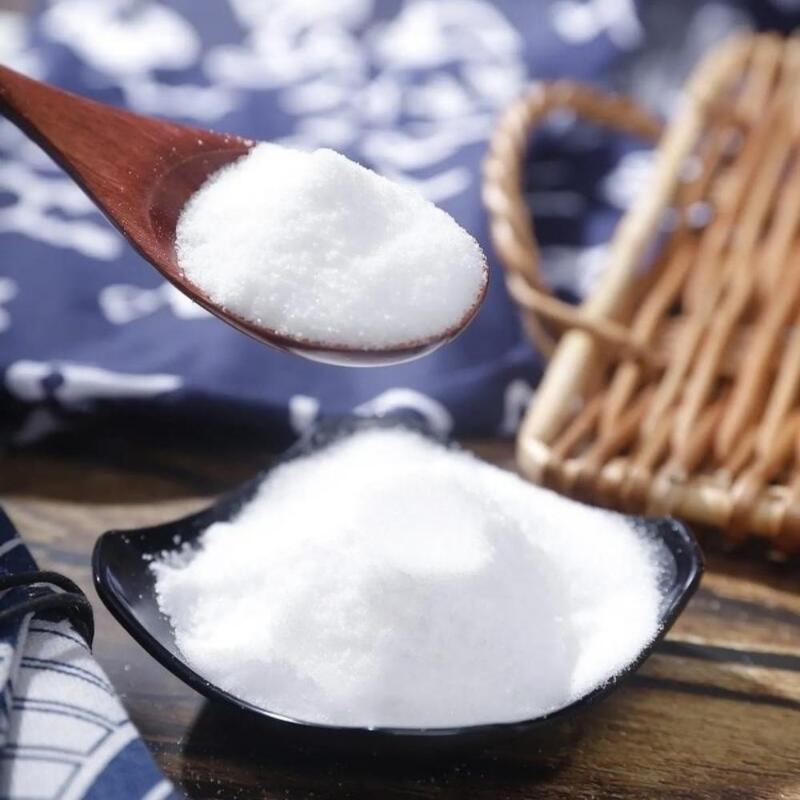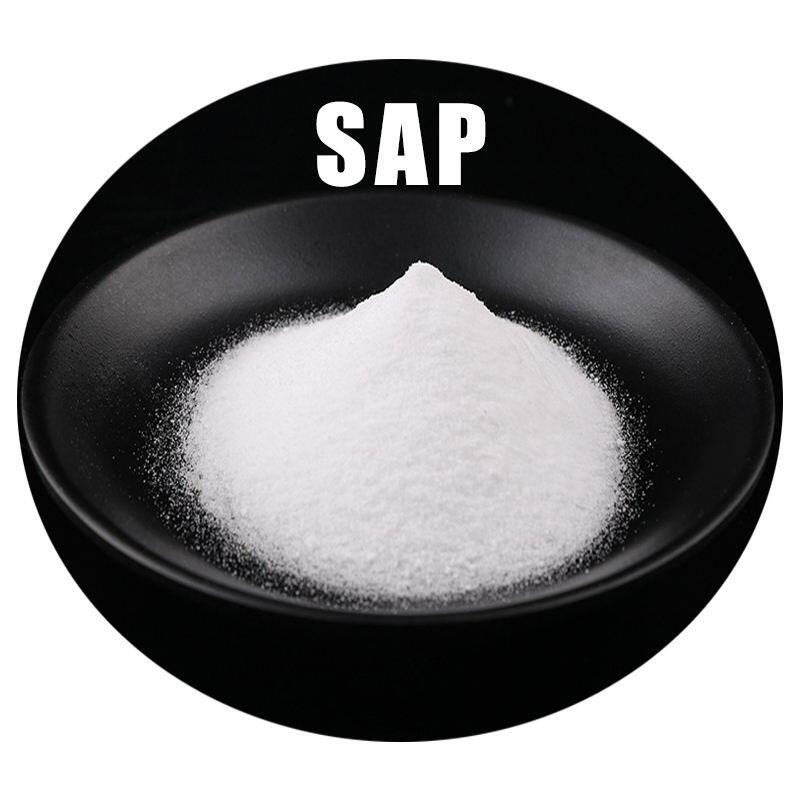Increase knowledge Cosmetics commonly used thickeners summary.
-
Last Update: 2020-08-21
-
Source: Internet
-
Author: User
Search more information of high quality chemicals, good prices and reliable suppliers, visit
www.echemi.com
Original title: Rising knowledge Cosmetics commonly used thickeners summary thickeners are the skeleton structure and core basis of various cosmetic formulations, the appearance of products, fluid properties, stability, skin, etc. are very important. Select the commonly used and representative different types of thickeners, formulated into different concentrations of water solution, test its viscosity, p H and other physical and chemical properties, and use quantitative description analysis to its appearance, transparency and use of a number of skin sense indicators after the use of sensory testing, find the literature for each kind of thickener summary and generalization, can provide a certain reference for cosmetic formulation design.One, thickener division can be used as a thickener of a lot of substances, from the relative molecular mass of low molecular thickeners, but also polymer thickeners; The thickener is classified according to the classification method of cosmetic raw materials.. 1. Low molecular thickeners 1.1.1 inorged salts The system of using inorged salts as thickeners is generally a surface active aqueous solution system, the most commonly used inorged salt thickeners are sodium chloride, thickening effect is obvious. The surface active agent forms the glue beam in the aqueous solution, and the presence of the electrolyte increases the number of bondings of the glue beam, resulting in the transformation of the spherical adhesive beam into the rod beam, which increases the resistance of motion, thus increasing the viscosity of the system. However, when the electrolyte excess will affect the structure of the beam, reduce the resistance of motion, so that the viscosity of the system is reduced, which is called "salt analysis." Therefore, the electrolyte addition is generally 1%-2% mass fraction, and in cooperation with other types of thickeners, so that the system is more stable.1.1.2 fatty alcohols, fatty acidsfatty alcohols, fatty acids are polar organic matter, there are articles to treat them as non-ion osmothlizers, because they have both oil-based groups and hydrophilic groups. The presence of a small amount of this kind of organic matter has a significant effect on the surface tension, omc and other properties of the surfactant, and its action size increases with the length of the carbon chain, which is generally linearly changing. Its principle of action is that fatty alcohols, fatty acids can be inserted (participating) surfactant gel, promote the formation of the glue, at the same time, because of the polar organic matter and the surfactant molecules have a strong interaction (hydrophobic interaction between hydrocarbon chain hydrophobic action and hydrogen bonding between polar heads), so that the two molecules on the surface of the directional arrangement is very tight, greatly changed the properties of the surfactant beam, to achieve a thickening effect., the classification of thickeners2.1 non-ionSA2.1.1 2.1 inorganic salts sodium chloride, potassium chloride, ammonium chloride, monoethanolamine chloride, diaethanolamine chloride, sodium sulfate, sodium phosphate, sodium diphosphate and iii2.1.2 fatty alcohols and fatty acids laurel, nutmeg alcohol, C12-15 alcohol, C12-16 alcohol, sterol, hexanol, cinol, cetacean parol, scarlipidol, Santoster, lauric acid, C18-36 acid, linoleic acid, nutmeg acid, steaic acid, sangarinacid, etc.2.1.3 althanamidecoconut oil diethanolamide, coconut oil single Ethanolamide, Coconut Oil Monoisopropylamide, Coconut Oil Amide, Laurel-Subyldiaddiamide, Laurel-Soybean-Diaphide, Iso-thofa-deethanolamide, sub-oil diethanolamide, Bean meal diethanolamide, soy meal monoethanolamide, oil diethanolamide, palm monoethanolamide, castor oil monoethanolamide, sesame diethanolamide, soybean diethanolamide, sebum diethanolamide, sebum monoethanolamide, hard fat monoethanolamide hard Lipate, lipidamide, ox fat monoethanolamide, wheat germ diethanolamide, PEG (polyglycol) - 3 laurelamide, PEG-4 acrylamide, PEG-50 oxylamide, etc., cosmetics industry media network!2.1.4 etherwhale wax alcohol polyoxyethylene (3) ether, ishemoth wax alcohol polyoxyethylene (10) ether, laurel polyoxyethylene (3) ether, laurel polyoxyethylene (10) ether, Poloxamer-n (ethyl oxygenated Polyoxey acrythers( n-105, 124, 185, 237, 238, 338, 407) etc.2.1.5 esters PEG-80 glycerin ethyl, PEC-8PPG (polypertin propylene glycol) -3 di-steagacidest, PEG-200 hydrogenated glycerin palmate, PEG-n (n-6, 8, 12) beeswax, PEG-4 isossyl slate, PEG-n (n?3, 4, 8,15 0) di stearides, PEG-18 glycerides/coconut oilse, PEG-8 dioleate, PEG-200 glycerin steas, PEG-n (n-28, 200) glycerin-based avocado, PEG-7 hydrogenated castor oil, PEG-40 Hohoba oil, PEG-2 laurel ester, PEG-120 methyl glucose diolytic acid, PEG-150 quarter tetrahydrotrate, PEG-55 propylene glycol urethane, PEG-160 sorbitol polysaccharide Esters, PEG-n (n-8, 75, 100) sclerotic acid, PEG-150/zir-based/SMDI co-poly (polyethyl glycol-150/pyridine/methyl acrylate co-poly), PEG-150/rigid lipid/SMDI co-poly, PEG-90. Isosyl acid esters, PEG-8PPG-3 triquine, whale wax carday easer, whale wax palm ester, C18-36 glycol ester, tetra screate, tetra-sequin acid Acetate, propylene glyceate, barium ester, whale wax ester, sanshan triglycerides, triaxanya sriglyceeste, etc.2.1.6 oxaen oxidenutmeg oxaen oxide, iso-sic fat Amino propylene oxamine, coconut oil amino propylene oxaline, wheat germ amino propylene oxamine, soybean amino propylene oxamine, PEG-3 laurel oxaen, etc.2.2 sAA whale wax beet beet alkaline, coconut oil ammonia seyl beetbase, etc. 2.3 anion SAA potassium oleprate, potassium stearate, etc. 2.4 water-soluble polymer 2.4.1 cellulose cellulose, cellulose glue, cellulose, Methyl hydroxyethyl cellulose, whale wax hydroxyethyl cellulose, ethyl cellulose, hydroxyethyl cellulose, hydroxypropyl methyl cellulose, methyl cellulose, methyl cellulose, etc. 2.4.2 polyoxyethylene PEG-n (n?) 5M, 9M, 23M, 45M, 90M, 160M, etc. 2.4.3 polyacrylics acrylates/C10-30 alkyl acrylates cross-link polymers, acrylates/ten Hexane ethyl ethyl oxide (20) acrylic co-poly, acrylates/hexane acetylene (20) methyl acrylates co-poly, acrylates/14 alkyl oxide (25) acrylic co-poly, acrylates/ten Octane ethyl ethyl oxide (20) acrylic co-poly, acrylates/18 alkyl acetylene (20) methyl acrylates co-poly, acrylates/18 alkyl ethyl oxide (50) acrylic co-poly, acrylates/ VA cross-linked polymers, PAA (polyacrylic acid), sodium acrylic/ethylene isifer cross-linked polymers, Carbomer (polyacrylic acid) and its sodium salts 2.4.4 natural glue and its modified substances alginate and its (ammonium, calcium, potassium) salt, pectin, sodium hyaluronic acid, guar glue, cation guar gum, hydroxyl guar gum, jaundice gum, antler gum and its (calcium, sodium) salt, Hanson glue, bacteria nuclear glue, etc. 2.4.5 inorganic high Molecules and their modifiers aluminum silicate, silica, magnesium silicate, hydrated silica, monotulization, lithium silicate magnesium sodium, hydrophobic, skimm-based non-earth, skimm of skim, slate, seasonal ammonium salt-90 mon Desoiling, seasonal ammonium salt-18 monitulate soil, seasonal ammonium salt-18 hydride, etc. 2.4.6 other PVM/MA diaxene cross-linked polymer (polyethylene methyl ether / acrylate and diaxene cross-link polymer). ), PVP (polyethylene pyridoxone) and other 2.5 surfactants 2.5.1 alkanolamide the most commonly used is coconut oil diethanolamide. Alkanolamide can be thickened together with electrolyte compatible and can achieve optimal results. The mechanism of alkylamine thickening is the interaction with the anion surfactant beam to form a non-Newtonian fluid. Different alkylamines have great differences in performance, and the effect of using them alone and compounding is also different, and different alkylamine thickening and foam properties are reported in some articles. Recently, it has been reported that alkanolamide has the potential harm of producing nitrosamine, a carcinogen, when it is made into cosmetics. Free amines are found in the impurities of alkylamine, which is a potential source of nitrosamines. There is no official opinion in the personal care industry on whether to ban alkylamamide in cosmetics. 2.5.2 Ether in the formulation of fatty alcohol polyoxyethylene ether sulfate (AES) as the main active substance, generally only inorganic salts can be adjusted to a suitable viscosity. The results show that this is due to the aus containing non-sulphate-free fatty alcohol ethyloxygenators, which make a significant contribution to the thickening of the surfactant solution. In-depth study found that the average ethyl oxygen atco-basedness is about 3EO or 10EO play the best role. In addition, the thickening effect of fatty alcohol ethyl oxide has a lot to do with the wide and narrow distribution of unreacted alcohols and conjunctors contained in its products. When the distribution of contemporaries is wider, the product thickening effect is poor, the narrower the distribution of conjunctors, the greater the thickening effect can be obtained. 2.5.3 esters the most commonly used thickener is esters. Recently reported abroad PEG-8PPG-3 diheliac slate, PEG-90 diheliac slate and PEG-8PPG-3 dilaurel. This type of thickener belongs to the non-ion thickener, mainly used in the surfactant water solution system. These thickeners are not easily hydrolyzed and are stable in a wide pH and temperature range. Currently the most commonly used is PEG-150 two steacrate. Esters used as thickeners generally have large molecular masses relative to them, and therefore have the properties of some polymer compounds. The thickening mechanism is caused by the formation of a three-dimensional hydration network in the water phase, which contains the surfactant bundle. In addition to being used as a thickener in cosmetics, these compounds can also be used as moisturizers and moisturizers. 2.5.4 amine oxaline is a polar non-ionic surfactant, characterized by: in aqueous solution, due to the different pH of the solution, it shows non-ionicproperty, can also show strong ion properties. Under neutral or alkaline conditions, i.e. when pH is greater than or equal to 7, oxamine is present in aqueous hydrate in aqueous solution, indicating non-ionicity. In acidic solution, it shows weak cationability, when the solution pH is less than 3, the cationofability of oxaen oxide is particularly obvious, so it can be under different conditions with cations, anions, non-ions and gender ions and other surfactants well matched and show synergy. Amine oxide is an effective thickener, when pH is 6.4-7.5, alkyl dimethyl oxide can make the compound viscosity up to 13.5Pa.s-18Pa.s, while alkylamide acrylamide adhesion to 34Pa.s-49Pa.s, the latter added salt will not reduce viscosity. 2.5.5 Other a small number of beetroot and soaps can also be thickened (see Table 1), its thickening mechanism is similar to other small molecules, are through interaction with the surfactant bundle to achieve thickening effect. Soap can be used for thickening in rod-like cosmetics, beetbase is mainly used in surfactant water system. 2.6 Water-soluble polymer thickeners Many polymer thickeners thicken the system is not affected by the pH of the solution or electrolyte concentration. In addition, polymer thickeners need a small amount to achieve the desired viscosity, such as a product requires surfactant thickeners such as coconut oil diethanolamide mass fraction 3.0%, to achieve the same effect only cellulose polymer 0.5% can be. Most water-soluble polymer compounds are used not only as thickeners in the cosmetics industry, but also as suspensions, dispersants and stereotypes. 2.6.1 Cellulose cellulose is a very effective thickener in water-based systems and is widely used in various fields of cosmetics. Cellulose is a natural organic substance that contains repeated glucoside units, each containing three hydroxyls through which a variety of derivatives can be formed. Cellulose thickeners thicken through long chains of hydration expansion, and cellulose thickening systems show significant false plastic fluidization patterns. The general mass score for usage is about 1%. 2.6.2 Polyacrylic Polyacrylic thickeners have been on the market for 40 years since Foodrich introduced Carbomer 934 in 1953, and now there are more options for this range of thickeners (see Table 1). There are 2 kinds of thickening machines of polyacrylic thickeners, that is, the combination of medium thickening and hydrogen bond thickening. Neutralization thickening is the neutralization of acidic polyacrylic thickener, so that its molecular ionization and along the main chain of the polymer to produce a negative charge, the same-sex charge between the rejection causes the molecule to straighten out to form a mesh structure to achieve thickening effect; The thickener first binds to water to form hydrated molecules, and then binds to hydroxyl givers with a mass fraction of 10%-20% (e.g. non-ionic surfactants with 5 or more ethyl oxygen ate) to untie their curly molecules in the water-bearing system to form a mesh knot.
This article is an English version of an article which is originally in the Chinese language on echemi.com and is provided for information purposes only.
This website makes no representation or warranty of any kind, either expressed or implied, as to the accuracy, completeness ownership or reliability of
the article or any translations thereof. If you have any concerns or complaints relating to the article, please send an email, providing a detailed
description of the concern or complaint, to
service@echemi.com. A staff member will contact you within 5 working days. Once verified, infringing content
will be removed immediately.







